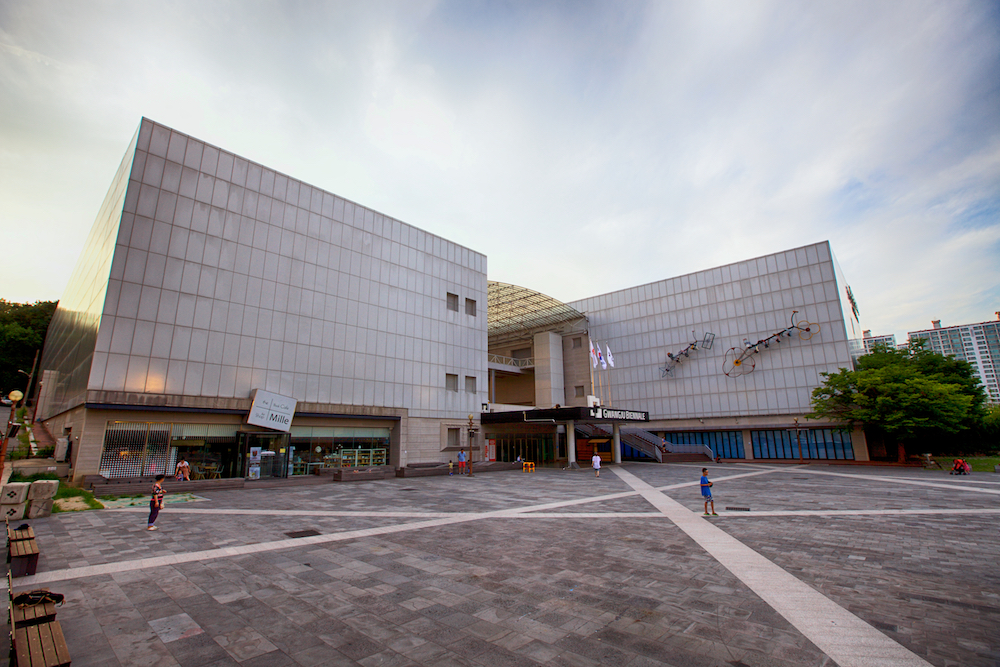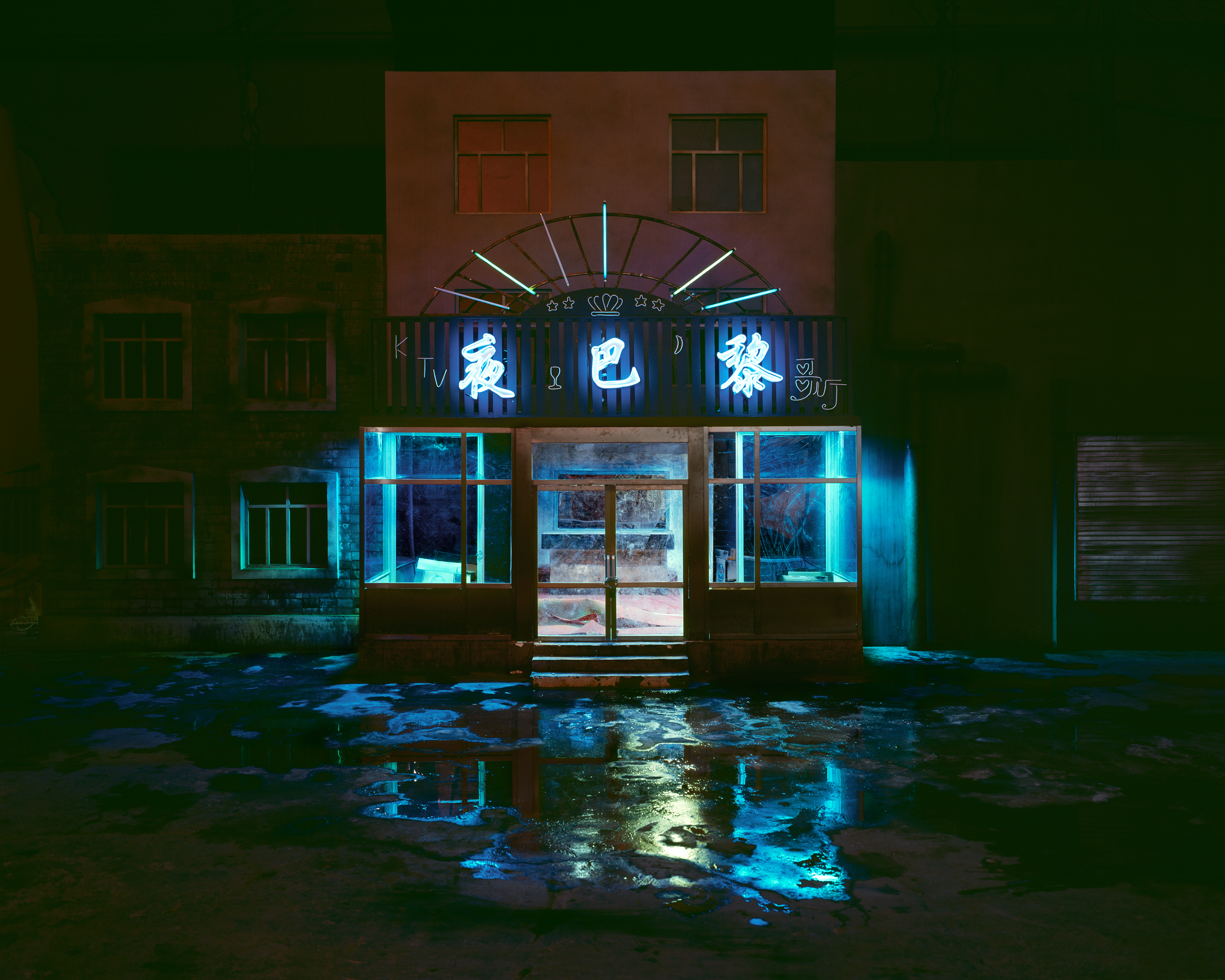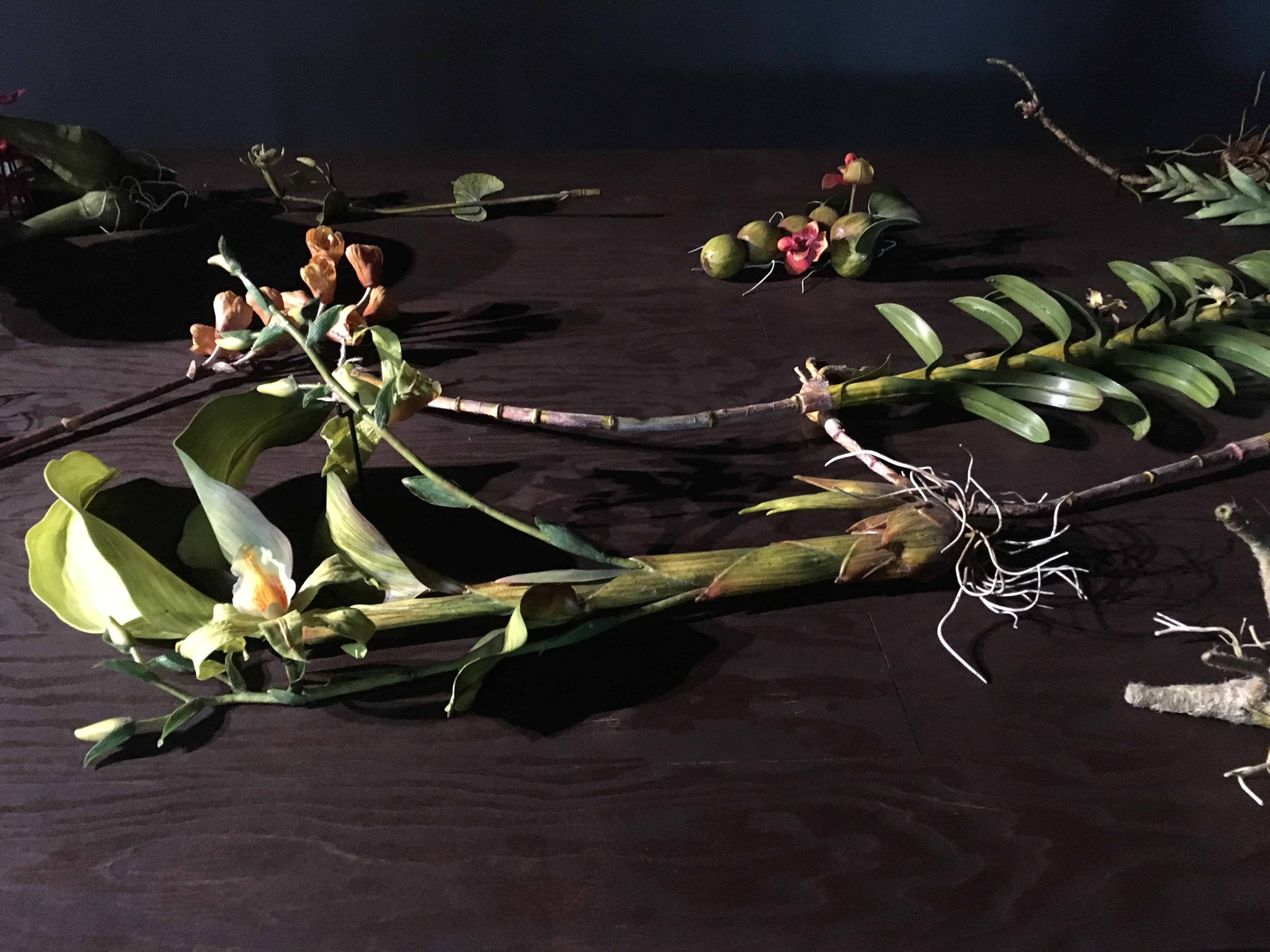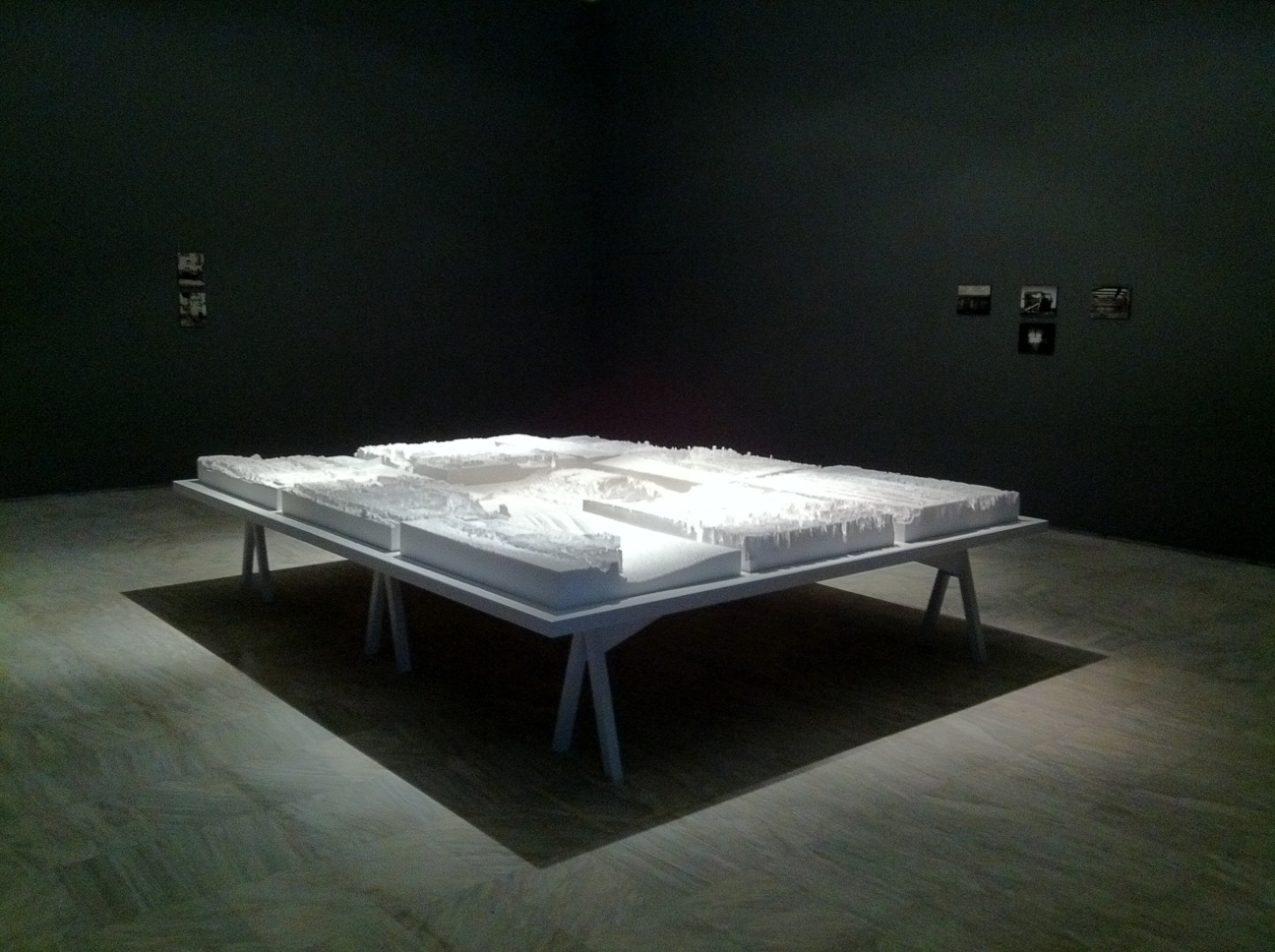
Far-flung biennials are worth the journey. This is something that I have learned while wandering the many halls, corridors, buildings and gardens of the Gwangju Biennale, which takes over the largely industrial South Korean city for the next nine weeks. Started in 1995, it is the oldest art biennial in Asia, and one of the most prestigious, attracting an international crowd of curators and artists, while retaining a strong focus on Asia—and specifically Korea.

This year’s central theme is Imagined Borders, with many new commissions responding directly to the grey, low-rise architecture of the city and its seedy neon lights, which flash seductively at night but take on a sadder, more sombre tone in the flat, overcast light of day. Across the seven exhibitions, common motifs emerge—some expected, others surprising.

Luggage and Passports
In a show on the global movement of people, products and information, it is inevitable that the all-too-recognizable trappings of travel will appear. A neatly packed suitcase sits open in the middle of an installation by Turkish artist Didem Özbek, displaying a fan of passports sardonically labelled “Dream Trip Special” in acknowledgement of the countries that are free to travel the world largely without visas or restrictions, while a redesigned world map rendered in silver on the floor shows only these countries.
“As people push through, they too become just another piece of luggage”
The transitory spaces within the exhibition itself are utilized by Bark Sehee in a multimedia work titled Passengers, in which heavy plastic curtains with projected images of airport baggage belts shroud doorways. As people push through, they too become just another piece of luggage, moving from place to place.

Open Water
The sea plays a central role in the exhibits. With its closely entwined relationship to migration, the ocean is an emotionally charged symbol that carries thousands of years of colonial discovery, the middle passage of slavery and the modern-day deaths of thousands of migrants at sea. Pinar Öğrenci presents a video work that tells the story of an oud player, Baghdad-born Ahmed Shaqaqi, who is forced to leave his home as an asylum seeker. His instrument bobs across the open sea as he recalls memories of his passage.
“With its closely entwined relationship to migration, the ocean is an emotionally charged symbol that carries thousands of years of colonial discovery”
The sea plays an altogether different role in the hotly anticipated North Korean section of the biennial, which offers a rare opportunity to see “Chosonhwa” a North Korean discipline of traditional ink wash painting on rice paper. The extraordinarily detailed large-scale paintings, frequently created collaboratively by multiple artists, are grouped into themes, one of which makes use of the eternal universality of the open sea, that symbol of both connection and disconnection.

Plants, Flowers, Crops
Native plants and other bounties of nature can be as representative of a nation as its people, guiding everything from national diet to the symbols used on flags. Munem Wasif has covered a wall with framed cyanotype prints of rice seeds that have been liquefied, the little white pellets dripping to contrast against the deep blue of the background in countless wiggling patterns. Wasif is interested in cultural economies and how they travel, as well as the mobility and natural migration of seeds across continents.
Botanics take on a different significance in Endemic by Chris Chong Chan, whose table of large, waxy flowers are based upon the scientific studies of flora and fauna conducted by the British during their colonization of Southeast Asia. It takes a while to realize that these flowers are in fact fabricated from latex, and hide within them mechanized systems that cause the petals to move slowly and desperately under the bright lights.
Online Restricted Areas
The internet might have helped to pave the way for a new type of instantaneous global communication, connecting people from all over the world and enabling them to mobilize (notably in the 2011 Egyptian revolution) but with the ongoing revelations on big data and surveillance, the utopian dream for the web and its promised freedoms is well and truly over.
Martine Syms presents an avatar AI built from 3D scans of her own body to create a “threat model”, a term used to describe a protective risk anticipation system, which mediates how viewers can encounter the artist herself. Miao Ying’s Chinternet Plus creates an absurdist corporate identity for the well-documented heavy censorship of internet access in China. Her installation takes the form of a marketing campaign, complete with GIFs and billboards, that has been violently ripped apart.
“With the ongoing revelations on big data and surveillance, the utopian dream for the web and its promised freedoms is well and truly over”

Ruin Lust
Dilapidated buildings convey utopian ideals and broken realities all in one. Indian artist Tanya Goel collects fragments of buildings in New Delhi from demolition sites in what she calls an “archive of dust”. These are arranged in a grid on the floor, while the pigment from the dust is used to create large-scale painted works. Carlos Garaicoa’s Photo-Topographies render his photographs of the ruins of his native Havana in compressed white foam, creating ghostly sculptures that protrude in curious skylines and capture the lived presence of past cityscapes.
“Broken glass crunches underfoot and overgrown trees inch through wide-open windows”
Across town an abandoned former military hospital houses a site-specific work by Mike Nelson, where a deserted adjacent chapel has been filled with mirrors repurposed from the old hospital, still bearing the remains of decade-old institutional stickers, some emblazoned with cartoons that assume an altogether darker tone in the shadowy twilight of the forgotten worship space. Broken glass crunches underfoot and overgrown trees inch through wide-open windows; it is a surreal experience that brings new life to the complex, capturing our fascination with the relics of ruined buildings.






